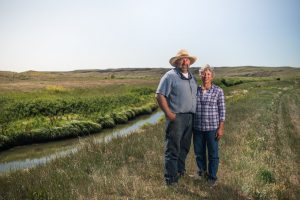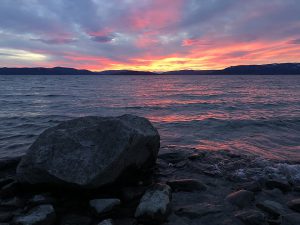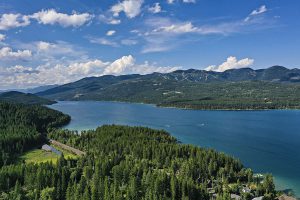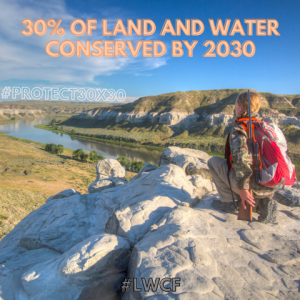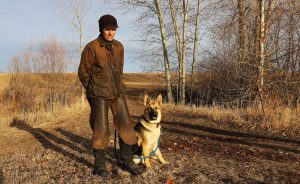MALT participated in two recent Land Trust Alliance Zoom meetings – one with land trust state associations and the other with the Alliance Leadership Council – and one prominent topic on the state association call was the need for land trust participation in the 2021 National Land Trust Census.
The land trust census was launched on Jan. 4, and as of Feb. 10 185 census responses have been received by the Alliance. Participation in the census is important because it is the only comprehensive survey of private land conservation in America. Census data directly informs how land conservation is understood by the public, including policymakers, journalists, researchers, state associations and other partners at the state, local and national levels.
New to the 2021 census are questions about trails, partnerships, universal access, and number of people served, while (good news) the census survey itself is 25% shorter than the 2015 census. Land trusts should expect another Alliance census email reminder on March 3, a final reminder on March 25, with a deadline of March 31. Release of census results is expected by November.
Other major topics covered in the two meetings were congressional and policy updates on issues such as conservation easement syndication and Farm Bill, an update on the Relevance Campaign, and a stirring tribute to Joselin Matkins, who was a member of the leadership council.

